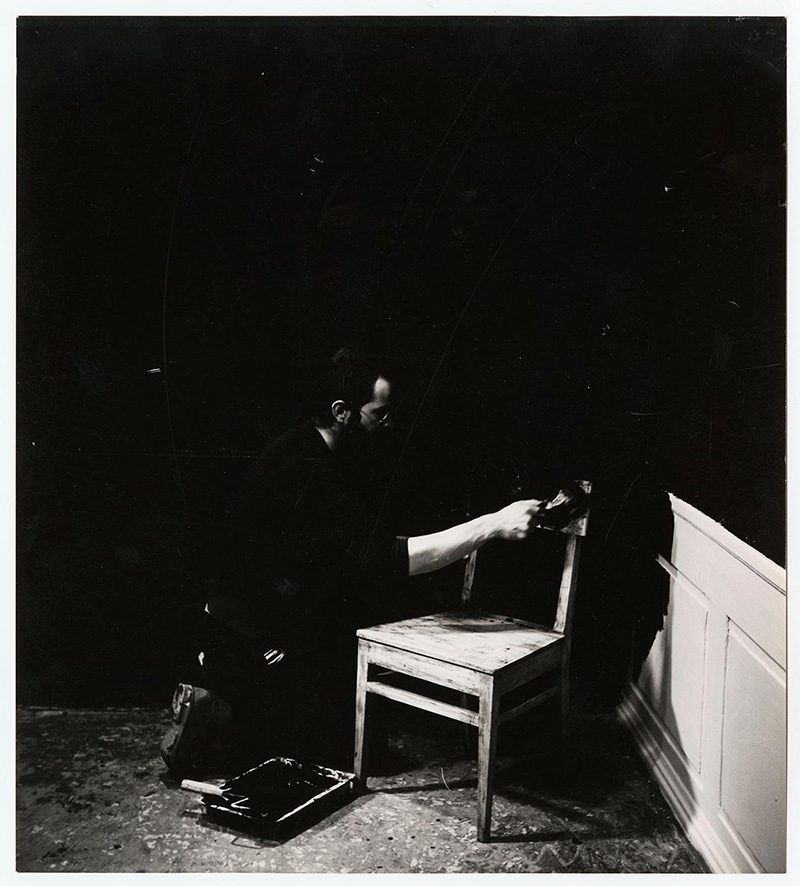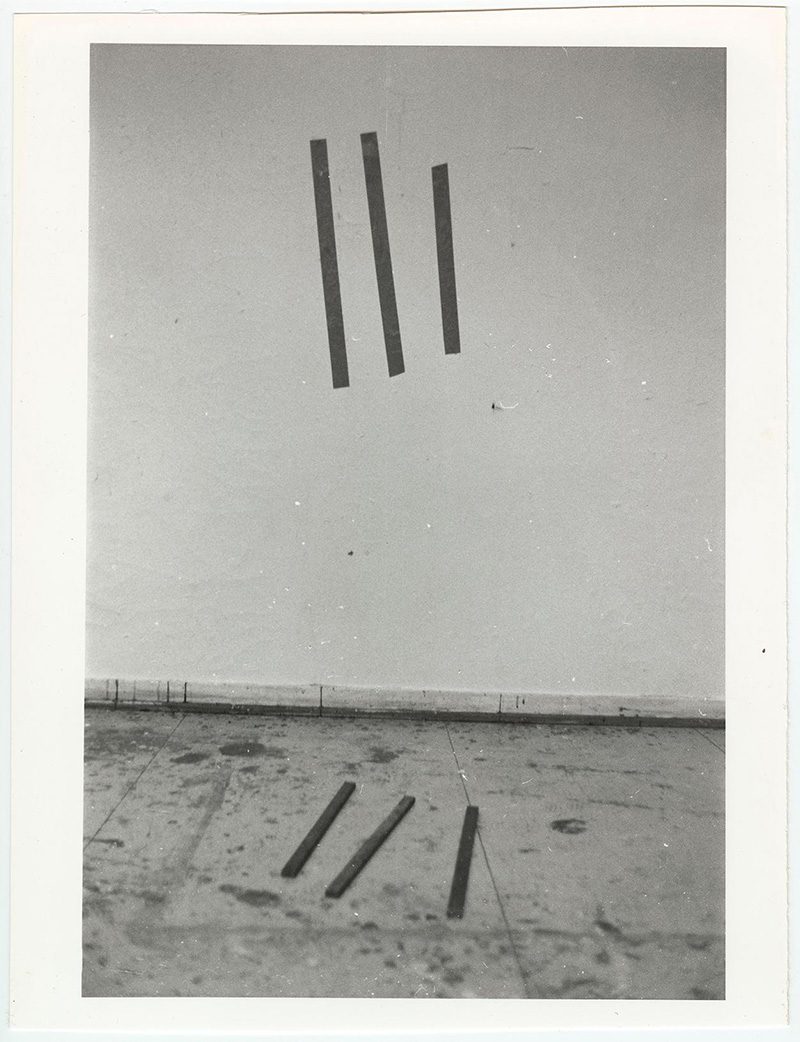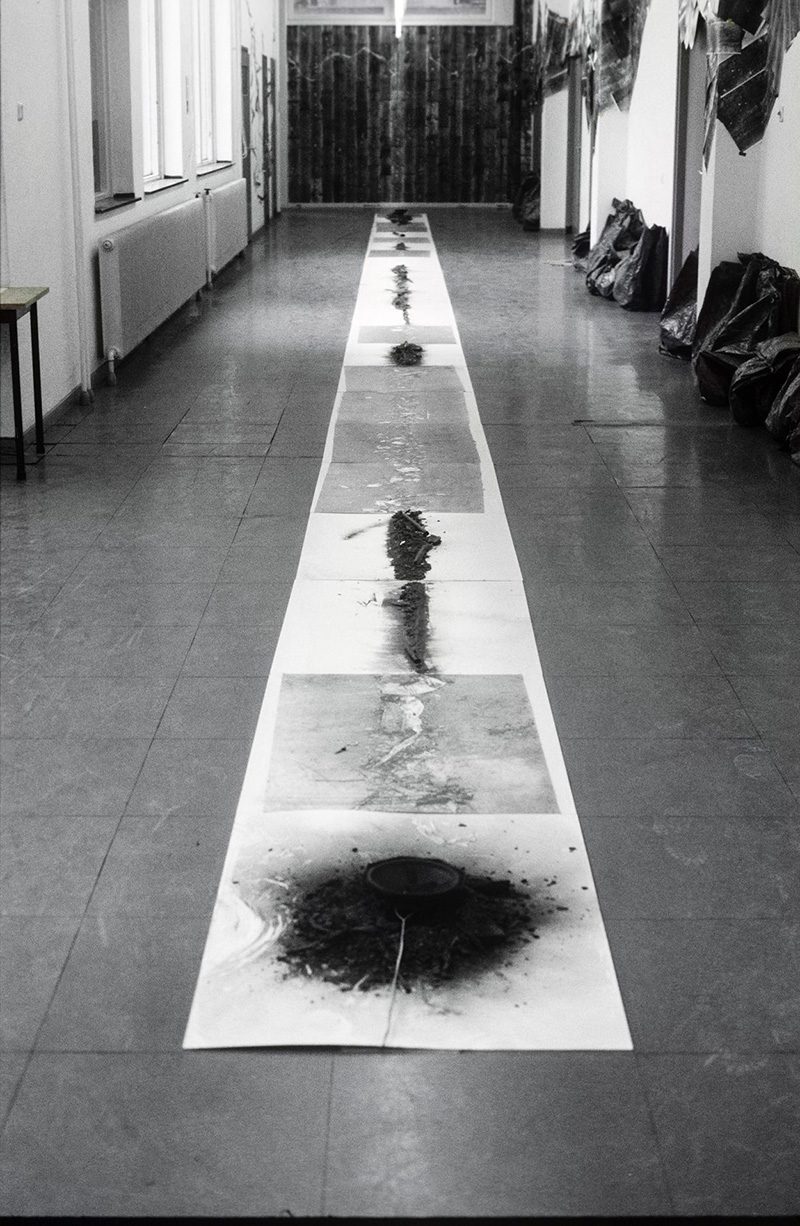ART CITIES:Oslo-Silent Revolt
 Towards the end of the ’60s, Conceptual Art emerged as a new radical art Movement on the international art scene. With a critical approach to the art object, and the institutions, conventions and theories of art, this new movement challenged the prevailing notions of what a work of art could be.
Towards the end of the ’60s, Conceptual Art emerged as a new radical art Movement on the international art scene. With a critical approach to the art object, and the institutions, conventions and theories of art, this new movement challenged the prevailing notions of what a work of art could be.
By Dimitris Lempesis
Photo: The Museum of Contemporary Art Oslo Archive
In the history of art in Norway, Conceptual Art has been conspicuously missing, however, and the Movement has never been presented in exhibitions of any great scope. The exhibition “Silent Revolt: Norwegian Process Art and Conceptual Art in the 1970s and 80s” aims to reassess the view of Conceptual Art as a vacuum in Norway. The exhibition sheds light on the pioneers who in the ‘70s and ‘80s challenged the status of the work of art both as aesthetic object and commodity, and who with their silent revolt paved the way for today’s artistic practices. The exhibition features 50 works by: Viggo Andersen, Ingrid Book, Paul Brand, Bård Breivik, Oddvar I.N. Darén, Carina Hedén, Marianne Heske, Inghild Karlsen, Terje Munthe, Lars Paalgard, Bente Stokke, Audun Sørsdal and Gerd Tinglum. The works include a great range of mediums, from photographs and video works that document Land Art, via Interventions, Performances, Graphic Art and Photomontages, to large sculptural works. Among the works presented in the exhibition is a reconstruction of an installation of mouldy bread that Bård Breivik created for his debut exhibition in 1974. Many of the works have never been shown to a large public before. Conceptual Art has been described as a revisionist impulse that was directed at the entire art institution. The aim was not only to change the art object, but also the gallery system, social norms, art criticism and art theory. The timing for a radical transformation of Norwegian art was far from ideal, however the ‘70s was in many ways marked by aesthetic conformity, isolationism and political activism. The result was that Norwegian artists who worked with idea-based and Dematerialised art rarely gained access to galleries or museums. The art critics did not exactly receive them with open arms either: their works were met with everything from headlines like “Debris that is called art”, to widespread indifference. Despite its invisibility, Norwegian Conceptual Art represented a significant turning point in Norwegian Art History, the Movement introduced new artistic genres such as documentary photography, video art and readymades. The fact that many of the artists ended up as professors at the art academies contributed to reforming Norway’s art education, from a conservative, object-oriented modus to a more idea and process-based teaching method. The exhibition responds to an international research trend devoted to expanding and revising Conceptual Art.
Info: Curator: Ingvild Krogvig, The Museum of Contemporary Art, Bankplassen 4, Oslo, Duration: 4/3-18/9/16, Days & Hours: Tue-Wed & Fri 11:00-17:00, Thu 11:00-19:00, Sat & Sun 12:00-17:00, www.nasjonalmuseet.no



